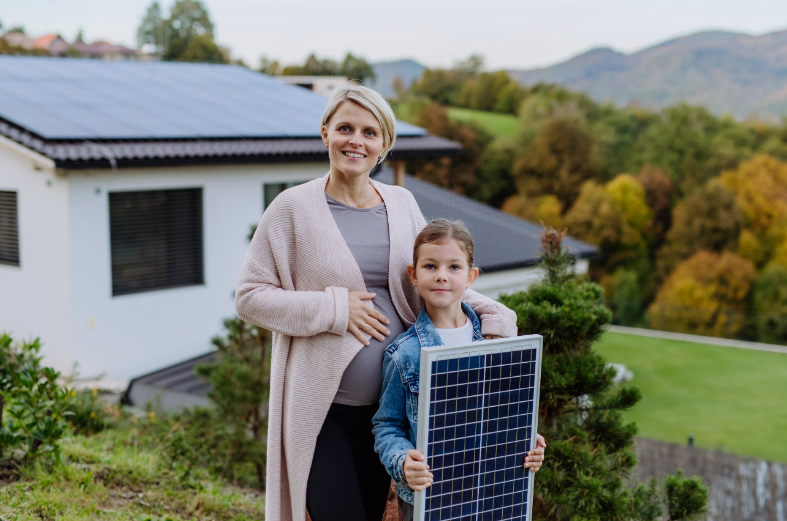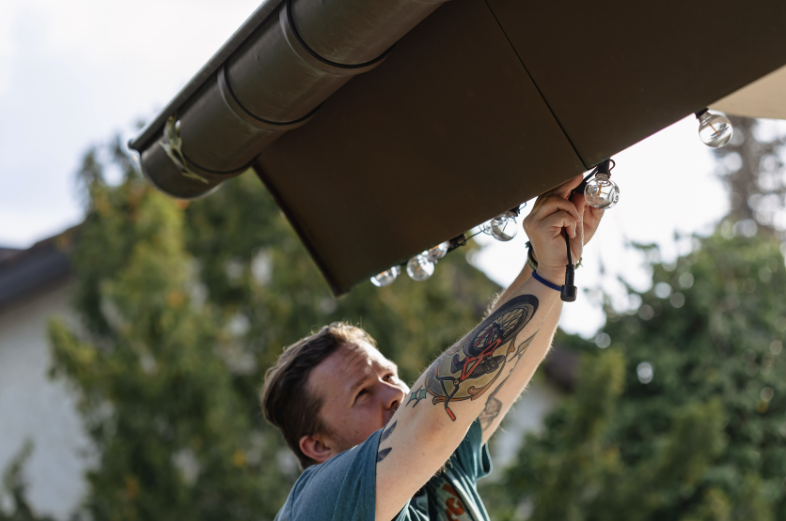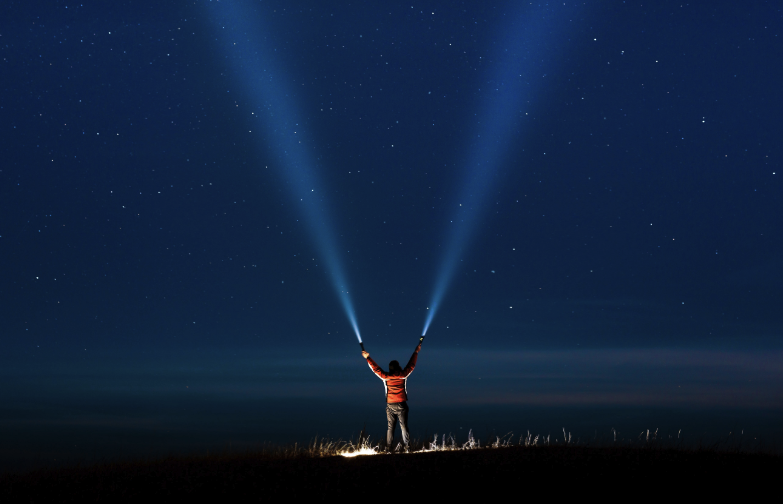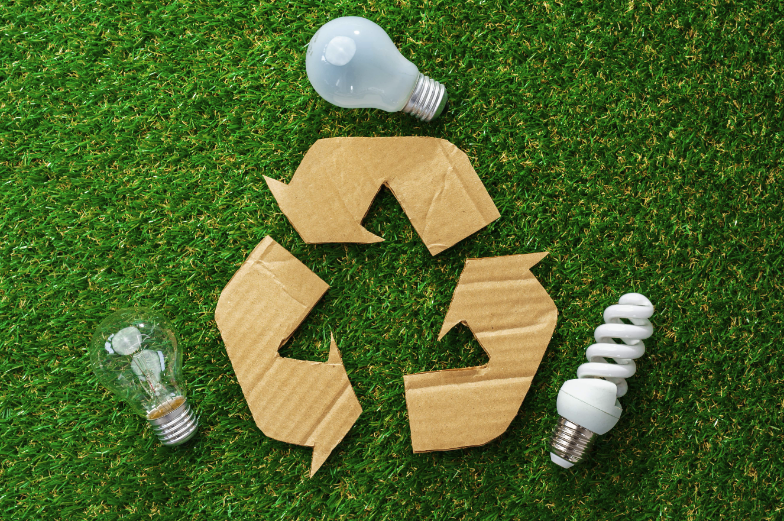A survey conducted by the Pew Research Center in 2019, concluded that about 64% of American adults try to do their best when it comes to protecting the environment. Only 27% admitted to doing very little. Though 64% is encouraging, we should strive to do even more to help our environment, and the best part is, you can make a big difference from the comfort of your own home.

If you are looking to both reduce your energy consumption and lower your carbon footprint, eco-friendly lighting is a great place to start. There are many options available to you, including LED lights, low-voltage lights, and solar power. In this blog, we’ll discuss those different options that you can use for your home’s outdoor lighting. We’ll go into lighting design, recycling of old lights, light pollution, and more.
You’ll find that LED lights are popular when it comes to eco-friendly lighting options for your home. They have become incredibly popular over the recent years and offer many pros over incandescent and fluorescent lights.
Energy Efficient: Compared to your normal lighting options, they use far less energy, which will make both your pocket and environment happier.
Low voltage lights are commonly use in outdoor landscaping and lighting so they would be a great choice for your home’s outdoor lighting.
Solar powered lights are a fantastic and popular choice for illuminating your yard, patio, ect. They are powered by the sun, making them both eco-friendly and light on the wallet.

It’s a common misconception that when you go green, you may have to sacrifice your dream style or design. This is not the case with the modern lighting choices offered today. Many companies now offer lights that are both modern, as well as energy efficient. You can still have your beautiful outdoor space, while saving both the earth and some money.
Click or tap here to check out our many blogs on outdoor lighting design. We have so many ideas that we are just dying for you to check out! Or if you’re just looking for this years lighting trends, head here.

Light pollution is when the visibility of stars and other natural light sources is hampered by excessive or improperly directed artificial light. It may result from improperly shielded or directed streetlights, building lights, or other artificial light sources. Animal life, human health, and astronomical research are all impacted negatively by light pollution. Here are just a few ways you can reduce light pollution in your own backyard:

Old lighting and lightbulbs can be recycled by taking them to a recycling facility or a retail establishment that specializes in recycling these kinds of products. Used lightbulbs and other lighting fixtures are accepted for recycling at a lot of hardware and home improvement stores as well as big-box stores.
If your city or county has a special program for recycling lightbulbs and other hazardous waste, you can also inquire with them about it. You can speak with the manufacturers of your old lighting materials directly to learn more about recycling options since many of them offer recycling programs for their products, including lightbulbs and lighting fixtures.
As homeowners look for ways to lessen their carbon footprint and save money on energy bills, eco-friendly outdoor lighting is growing in popularity. An outdoor lighting design that is both practical and environmentally friendly can be made with a little forethought and imagination. Don’t forget that all of these possibilities can help you lower your electricity costs while maintaining a lovely backyard at the same time.
